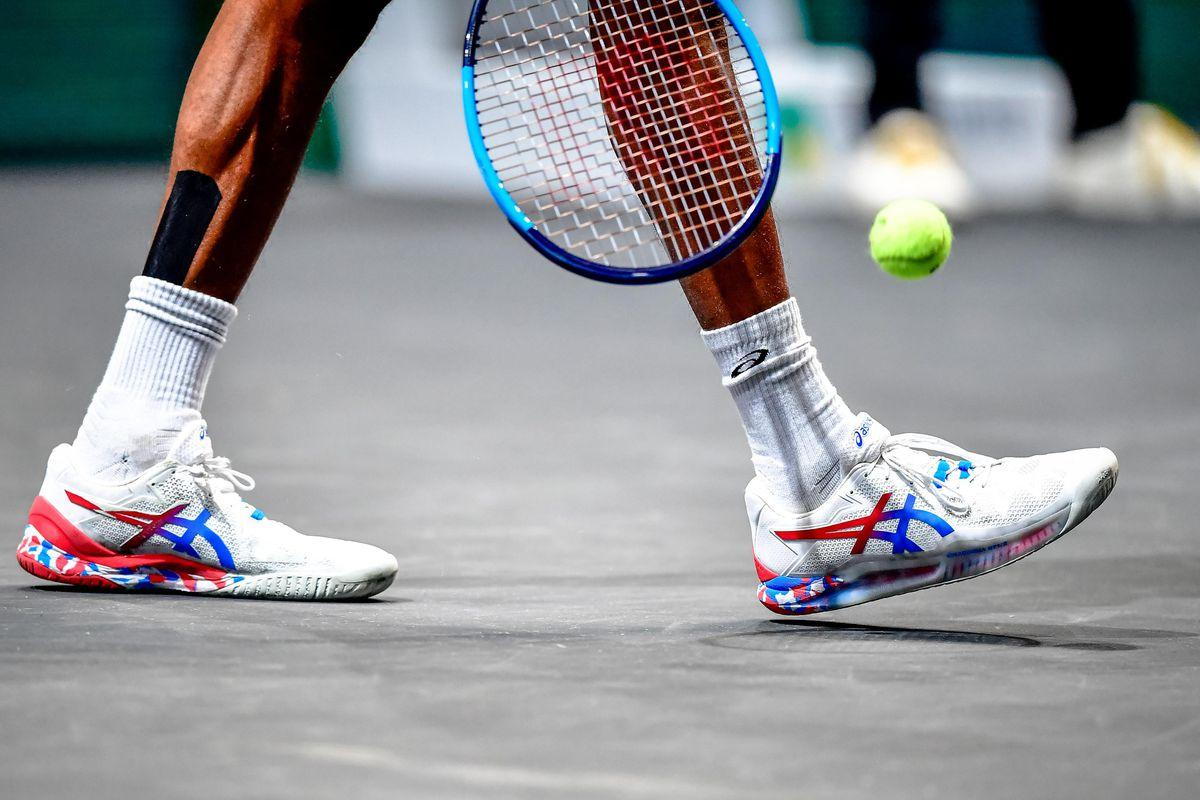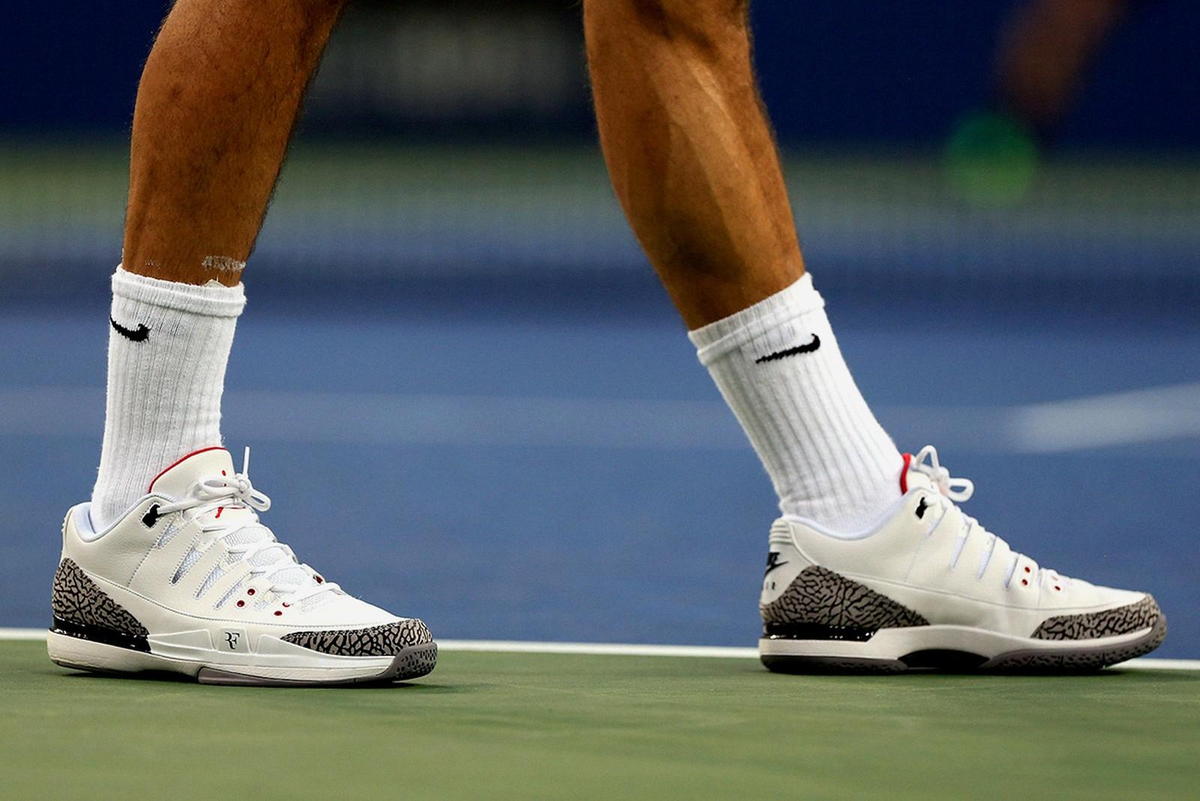ATHLETIC FOOTWEAR SHOULD BE SPORT SPECIFIC
posted: May 10, 2021.

Chanel Perkins, DPM explains to Glamour that “the force you exert throughout your feet for plyometric exercises, such as hopping or jumping, is a very different type of force exerted with more isometric exercises such as lunges or squats.” This means that wearing the wrong type of shoes—say, a running sneaker while weightlifting or strength training—could strain the ligaments and muscle tendons in your toes, feet, and ankles. Which ultimately can lead to painful things like heel spurs or plantar fasciitis.
| Dr. Chanel Perkins |
For those with injuries or specific needs, Dr. Perkins advises picking shoes with removable insoles to allow for custom orthotics to accommodate foot concerns like plantar fasciitis or bunions. Perkins notes that walking shoes are generally heavier than running sneakers, as “a running shoe is designed for speed and performance.” In terms of fabrication, they also typically feature mesh uppers for added breathability and lightweight-ness. Finally, Perkins says that running shoes tend to have lots of cushioning in the forefoot and heel to help absorb the shock your shins and Achilles tendons get from hitting the pavement.
Source: Talia Abbas, Glamour [5/4/21]
Courtesy of Barry Block, editor of PM News